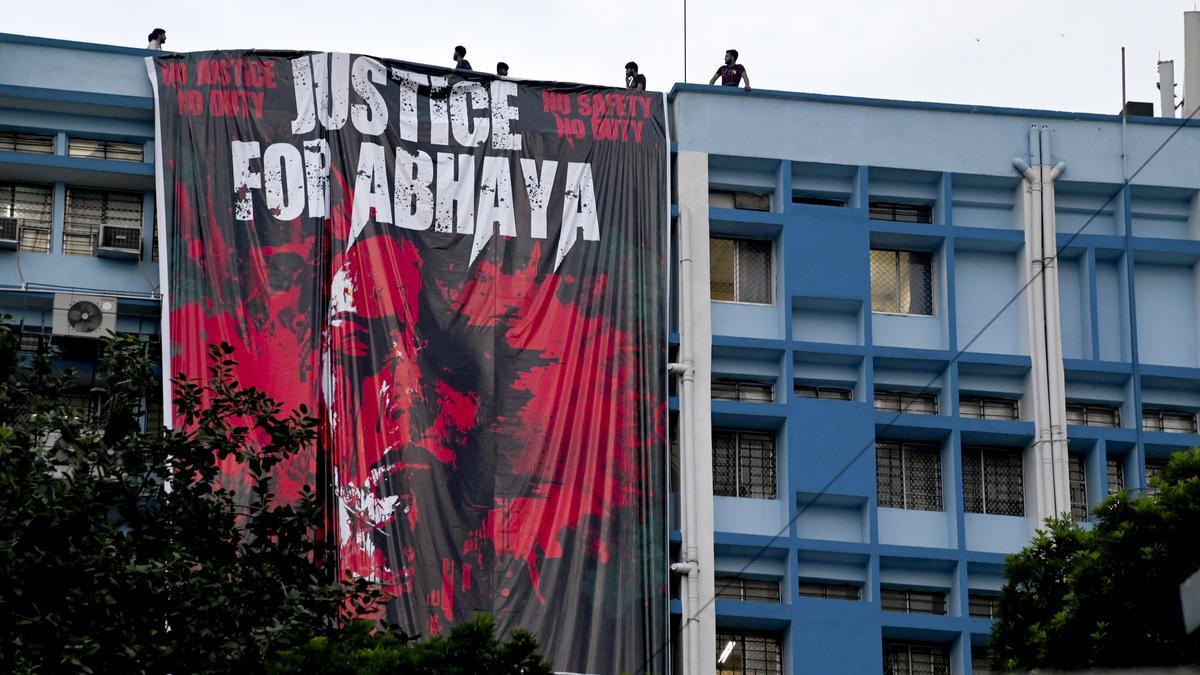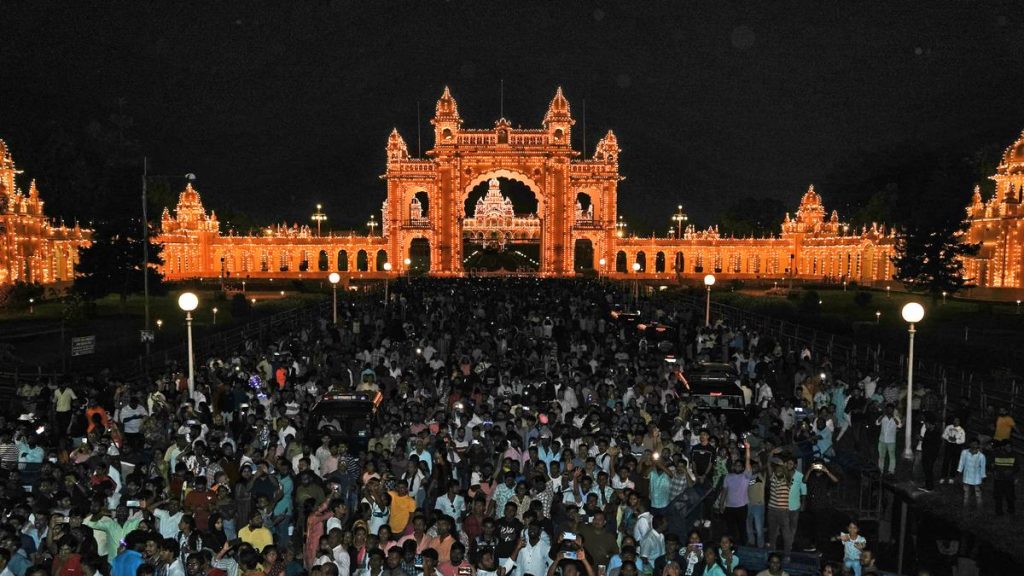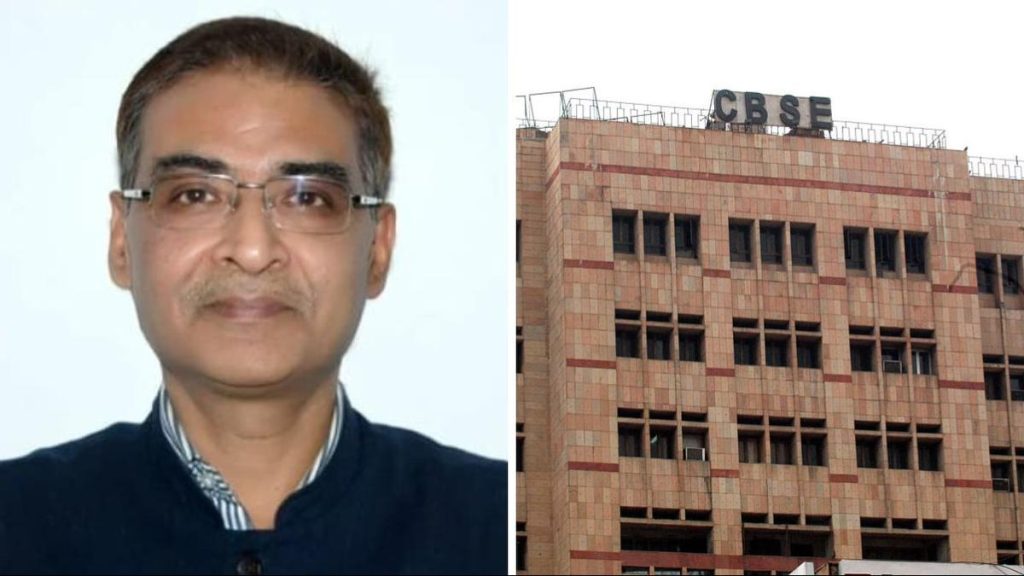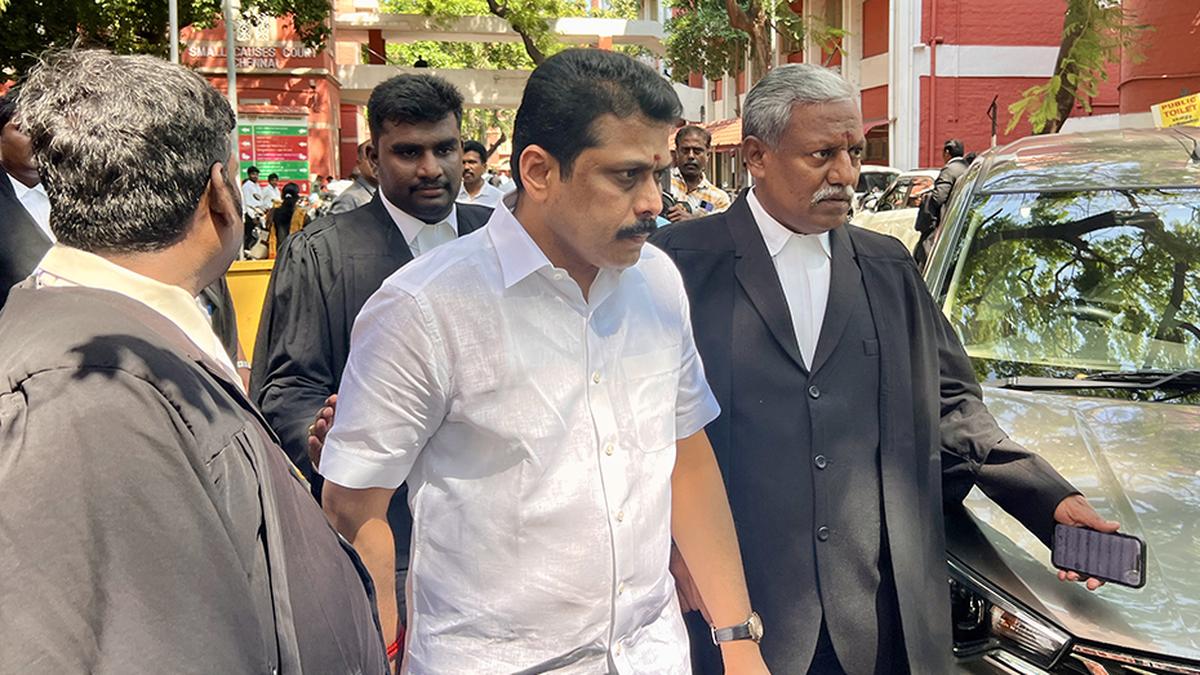Now Reading: R.G. Kar Victim’s Parents Meet CBI Chief, Seek Justice in Probe
-
01
R.G. Kar Victim’s Parents Meet CBI Chief, Seek Justice in Probe
R.G. Kar Victim’s Parents Meet CBI Chief, Seek Justice in Probe

Rapid Summary
- Incident Overview: A 26-year-old post-graduate doctor was raped adn murdered at R.G. Kar Medical College in Kolkata on August 9, 2024. The crime occurred in the Chest Medicine Department seminar hall during her night shift.
- Legal Developments:
– Civic volunteer Sanjay Roy was convicted by a Sealdah court under Sections of the Bharatiya Nyaya Sanhita (rape, punishment for causing death, and murder).
– Roy received life imprisonment and was fined ₹50,000; additionally, the state government was directed to pay ₹17 lakh as compensation to the victim’s family.
– Judge ruled that the case did not meet the “rarest of rare” standard for warranting a death penalty; however, CBI has challenged this decision before Calcutta High Court seeking capital punishment.
- Family Concerns:
– Parents claim potential involvement of additional perpetrators and allege attempts to destroy evidence surrounding their daughter’s murder.
– They met CBI Director Praveen Sood twice to express dissatisfaction with the investigation. Sood assured them full support in achieving justice.
– Family plans meetings with senior leaders including Home Minister Amit Shah.
- Public Reaction:
– Incident sparked national protests among doctors and medical students over safety concerns in hospitals.
– Events marking its anniversary include marches by protesters on August 14 aiming at reclaiming safe public spaces.
Indian Opinion Analysis
The tragic R.G. Medical College case highlights critical societal issues such as women’s safety at workplaces – even secure institutions like hospitals – alongside judicial frameworks evaluating severe crimes like rape and murder. While legal proceedings sentenced Sanjay Roy to life imprisonment, demands from both victim’s family members and investigative officials for a re-evaluation align with their belief that such heinous crimes warrant maximum deterrent penalties under India’s “rarest of rare” doctrine.
The broader public reaction underscores deep frustrations about systemic lapses concerning evidence preservation as well as institutional cover-up accusations flagged by grieving relatives. The symbolic marches planned during its first anniversary suggest ongoing calls for accountability from law enforcement institutions combined alongside policymakers-led reassurances emphasizing reforms-building survivor protections via labor environments’ visibility monitoring enacted systematically clearer policy outlook-adjustments paths forming too adjudicated-oriented consensus-inflective responsiveness articulated transparence-building components framework designers profilers nodes trust-neutral balancing inclusively slow reform either predictable lingering statute patches hopefully reduces tragedy recurrence marcher-vigores.
For further details: Read More.

























